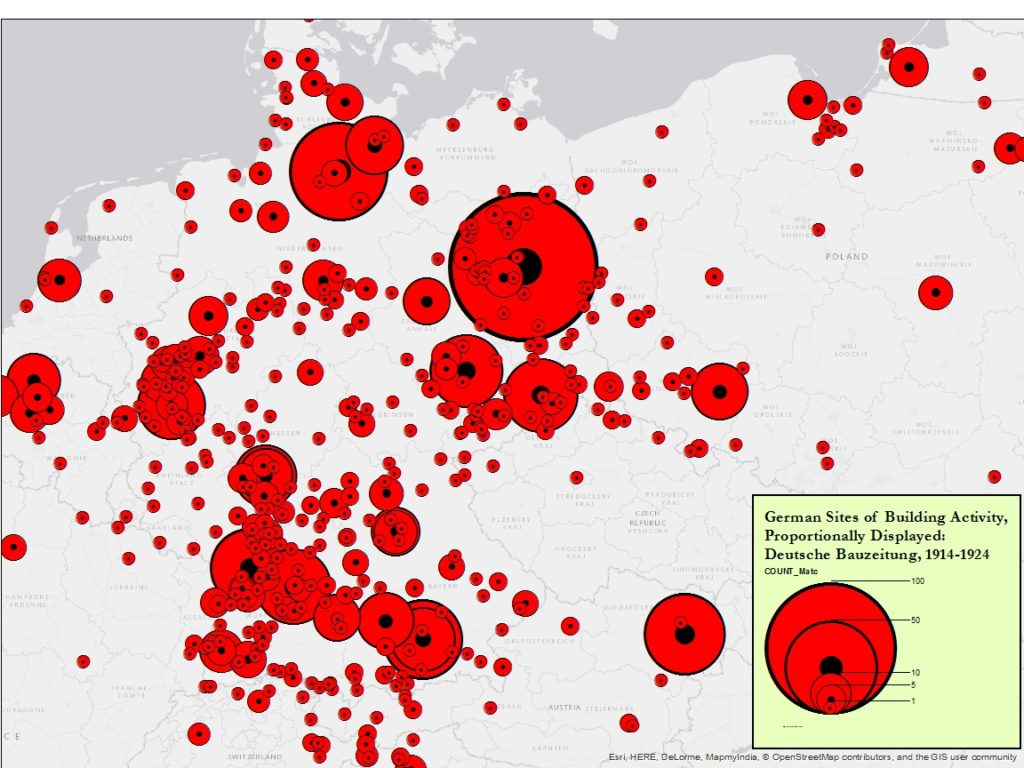 Mapping German Architecture in an Era of Crisis, 1914-24
Mapping German Architecture in an Era of Crisis, 1914-24
Much has been written on the architecture of early Weimar Germany after World War I. And yet, however sophisticated and well researched, the art historical approach to German architecture from 1914-1924 has focused on only a few isolated built structures like Erich Mendelsohn’s Einstein Tower (1921) and contrasted them with the many projects and designs that existed on paper for the period such as Bruno Taut’s Stadtkrone (1919). What happens, though, when we look at not a few dozen buildings or architects but literally the thousands of structures—from vernacular to industrial to avant-garde “high design”—that were actually built in that period? These buildings form the “dark matter” that sustained and conditioned the few architectural stars, both real and on paper, on whom we have focused so much of our attention. This talk addresses a broader analysis of architectural production by looking at the role of the construction industry in wartime and postwar Germany. It argues for an architectural history from below, as it were, an account of history that by necessity involves, for example, more a discussion of labor and materials than it does design. In the process, this talk also raises significant problems involving art historical sources as well as how, and even whether, to visualize evidence in a digital mapping environment.
Date: Tuesday 8th May, 5-6:30pm
Venue: Theatrette, Sir Roland Wilson Building, ANU (Acton)
No bookings required – see more on the website: http://cdhr.cass.anu.edu.au/events/public-lecture-paul-jaskot-mapping-german-architecture-era-crisis-1914-24
